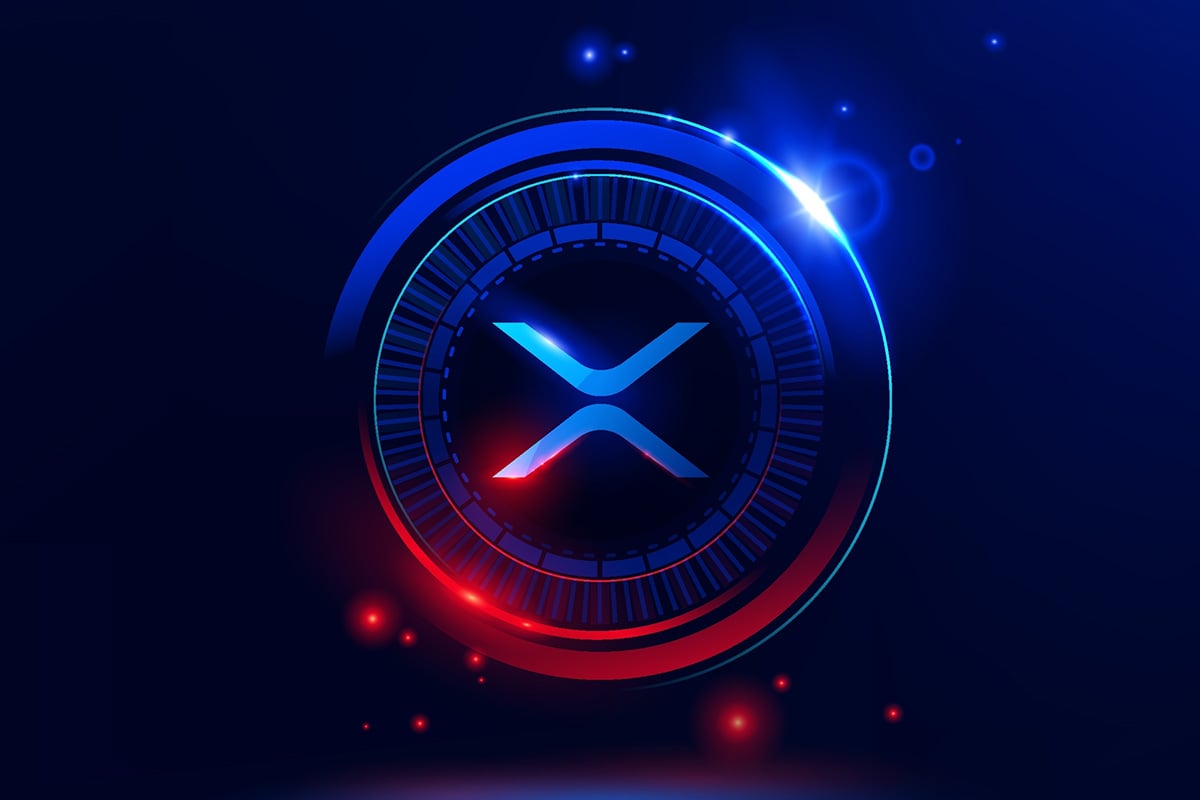Circle Expands USDC Use to AI Agent Payments With x402 Integration
TLDR:
- Circle integrates USDC with x402 to enable automated machine-to-machine payments at scale.
- Gateway batching feature cuts gas costs for high-frequency micropayments across chains.
- Circle works with Google on A2A and AP2 protocols for agentic crypto transactions.
- Developers can explore AI agents paying in USDC for data, compute, and content.
Circle is moving to expand how AI systems transact online. The company announced efforts to link its USDC stablecoin to x402, a protocol designed for agentic transactions. The integration targets machine-to-machine micropayments that operate at scale.
Circle also joins Google’s A2A and AP2 initiatives to test autonomous payments. These moves aim to enable AI agents to pay for services, data, or compute in real time.
According to a tweet from Circle, their approach focuses on programmable, interoperable, and fast payments for AI agents. They encourage developers and researchers to review the x402 GitHub proposal and contribute.
The initiative represents a broader push to create financial infrastructure suitable for high-speed, low-friction machine transactions.
Gateway x402 Integration Enables Multichain Micropayments
Circle Gateway already supports chain-abstracted USDC across multiple blockchains. By integrating with x402, it can handle thousands of transactions simultaneously.
The new batching feature, soon on testnet, bundles transactions offchain to reduce gas costs. This allows micropayments to settle efficiently onchain, preserving finality while lowering costs.
The integration also supports cross-chain transactions. A buyer on one blockchain can pay a seller on another, using a single USDC balance. This creates a more flexible, interoperable environment for autonomous agents.
Circle highlighted these features in a detailed x402 GitHub proposal, inviting ecosystem participation.
Developers can imagine AI assistants paying for each article read or compensating compute providers dynamically. Gateway’s structure supports such flows while ensuring transactions remain fast and composable.
The system aims to address two key challenges: efficiency and multichain capability for autonomous operations.
Circle Joins Google’s A2A and AP2 Protocols
Circle is also contributing to Google’s Agent2Agent (A2A) and Agent Payments Protocol (AP2).
Gateway’s capabilities provide the throughput required for these high-frequency payments. A2A facilitates direct AI-to-AI payments, while AP2 connects AI agents with humans and services.
This partnership positions Circle and Google to experiment with hybrid and autonomous payment models. Early prototypes will allow agents to transact for content, computation, and API usage.
Circle describes these initiatives as part of its AI incubator, emphasizing real-world experimentation over theoretical models.
The company’s efforts underscore a focus on open development. By sharing proposals and demos, Circle hopes to set standards for future internet-native finance. Their work aims to make stablecoin payments seamless, programmable, and accessible for both humans and AI participants.
The post Circle Expands USDC Use to AI Agent Payments With x402 Integration appeared first on Blockonomi.
También te puede interesar

Italy becomes first EU country to pass comprehensive AI law

Aethir's digital asset library POAI is listed on Nasdaq, with plans to purchase $45 million in ATH
